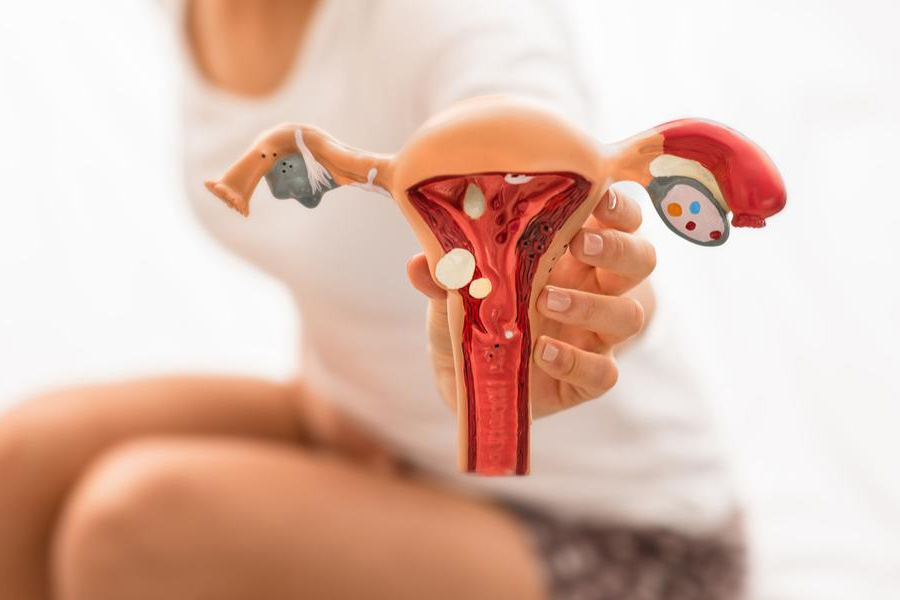Right Now
Endometriosis Treatment: Managing the Pain
Through Lifestyle Changes and Medical Interventions
Understanding
Endometriosis
Endometriosis is a condition where tissue similar to the lining of the uterus
starts growing outside the uterus. This displaced endometrial tissue responds
to the hormonal changes of the menstrual cycle just like the tissue inside the
uterus. However, with no way to exit the body during menstruation, it causes
inflammation, pain and often leads to scar tissue and adhesions. The most
common symptoms of endometriosis include painful periods, pain with
intercourse, pain with bowel movements or urination during periods, fatigue,
and infertility. The exact cause of endometriosis is unknown, but genetic and
environmental factors are believed to play a role in its development.
Lifestyle Management of Endometriosis
Making certain lifestyle changes can help manage the symptoms of Endometriosis
Treatment. Eating a healthy, balanced diet rich in anti-inflammatory
foods is recommended. Foods like oily fish, nuts, olive oil, leafy greens and
berries contain omega-3 fatty acids and antioxidants that may reduce
inflammation. Regular exercise can also help alleviate pain and enhance overall
well-being. Activities like yoga, walking, or low-intensity cardiovascular
workouts are beneficial. Quitting smoking is important as it worsens
inflammation. Stress management techniques such as meditation, deep breathing,
and spending time in nature may diminish the body's stress response. Getting
adequate sleep also supports healing. Topical heat therapy with a heating pad
on the lower abdomen can temporarily relieve cramps.
Pain Relief Medications for Endometriosis
Over-the-counter pain medications like ibuprofen (Advil, Motrin), naproxen
(Aleve), and acetaminophen (Tylenol) can provide symptom relief during times of
menstrual cramps or other pain episodes. Stronger prescription medications may
be needed for more severe symptoms. Oral contraceptives that contain estrogen
and progesterone work by thinning the uterine lining and preventing ovulation,
thus reducing pain. Progestin-only options like prometrium provide similar
effects without estrogen. Tranexamic acid can be taken during periods to reduce
menstrual flow and cramps. Other options are gonadotropin-releasing hormone
(GnRH) agonists like leuprolide acetate that induce a temporary menopause-like
state. They are helpful pre-surgery to shrink endometrial growths but cause
menopausal side effects.
Get More Insights on- Endometriosis
Treatment
More Posts

Report This Post
Please complete the following requested information to flag this post and report abuse, or offensive content. Your report will be reviewed within 24 hours. We will take appropriate action as described in Findit terms of use.





















